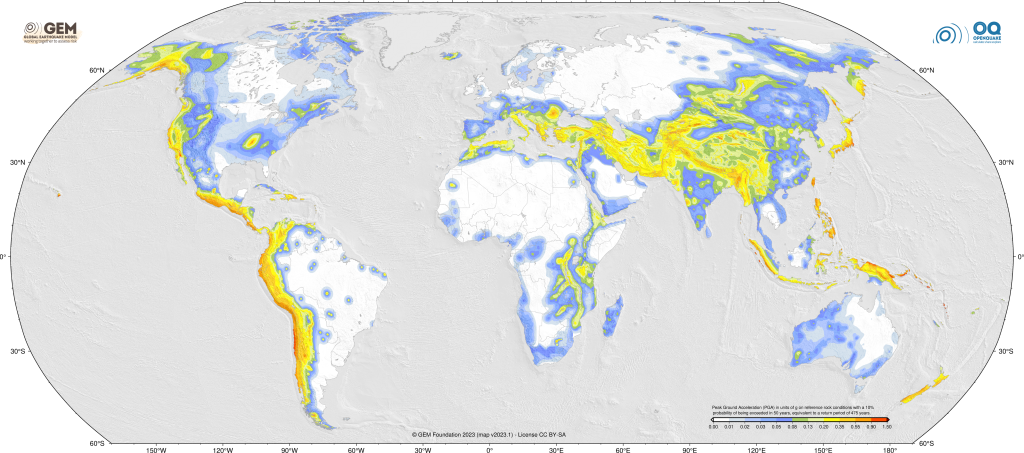
We all know that the earth’s major continents are composed of plates, and plate tectonics refers to the process in which lithospheric plates move due to asthenospheric convection. When two plates collide, a large collision force is generated. If these forces exceed what the rock can withstand, the rock will break, causing what we call an earthquake. According to the World Earthquake Hazard Map, darker colors indicate greater damage caused by earthquakes. In Europe, seismic activity varies greatly across different seismic zones. This change is influenced by the complex geological structures and plate boundaries of each region.
Understanding C1 and C2 Seismic Approval Standards
In Europe, definitions of C1/C2 vary among countries. However, in EOTA TR049 AUGUST 2016, the EU meticulously regulates two scenarios where these certifications apply. The C1 test, which is less stringent, primarily targets low importance buildings in low ground acceleration areas and is suitable for non-structural applications. On the other hand, C2 requirements are more rigorous, required for structural and non-structural elements in high importance buildings and high ground acceleration zones. Via critical test with pulsating loads on dynamic cracks, it would verify if concrete screws can withstand external forces and maintaining acceptable deformations. Non-structural systems are those whose failure does not put at risk the general stability of the construction works, such as heating system and piping. Whether European countries enforce mandatory compliance with C1/C2 testing depends on national regulations, as there are no strict mandates. However, countries located in seismic zones are prone to more frequent earthquakes. This is why these countries need to use building materials with higher earthquake resistance coefficients. It’s also why Joker insists to apply C1&C2 seismic approval.
Rigorous Testing Procedures for Earthquake-Resistant Concrete screws
We commissioned a German laboratory to conduct this test and excerpted some experimental schematic diagrams of seismic tests for readers’ reference. These diagrams are also derived from the EOTA TR049 AUGUST 2016 guideline.

Figure 1.1 Example cross section of test member

Figure 1.2 Example for test member with bond breaking pipes on rebar (plan view)
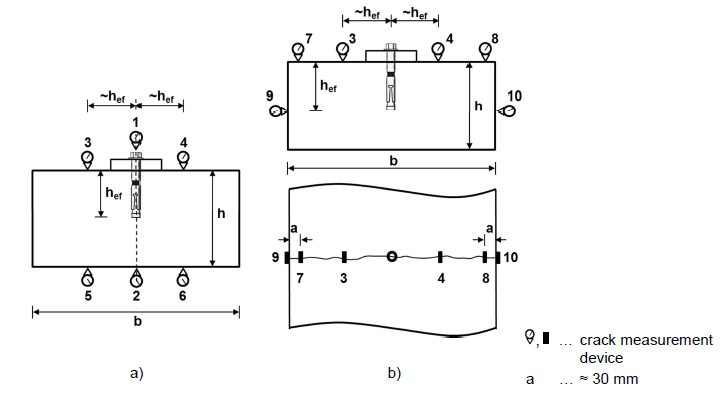
Figure 1.3 Measurements to show fulfilment of the constant crack width requirement

Figure 1.4 Sketch of example for shear test setup with no significant friction forces
Completing the C1 category assessment requires passing the following conditions, namely tests under pulsating tension load and tests under alternating shear load. In the European earthquake warning system, Category C2 earthquakes have higher potential danger and risk of damage. Therefore, if you want to pass the C2, you must pass more test items. In addition to the two projects mentioned above, it also includes reference tension tests, reference shear tests, and tests under tension load with varying crack width. We have also excerpted contents of these 5 tests for your reference.
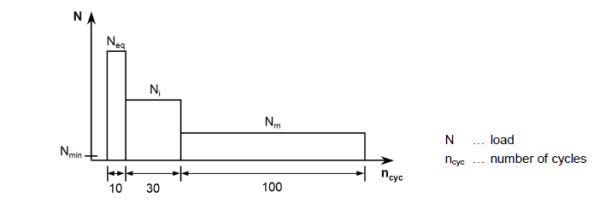
Figure 1.5 Required loading history for test series C1.1
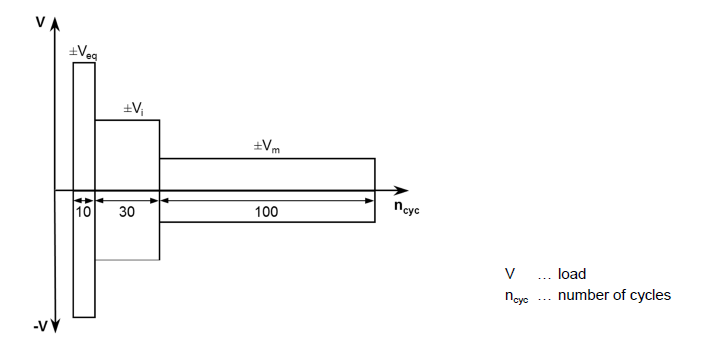
Figure 1.6 Required load history for test series C1.2
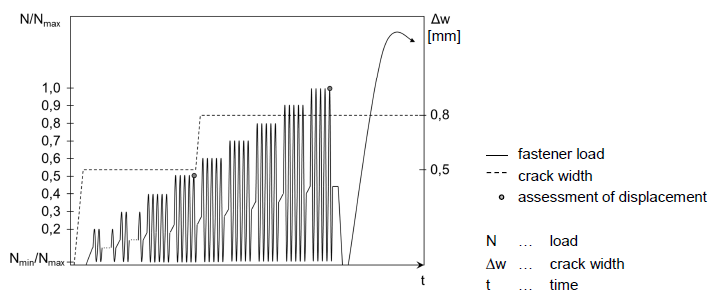
Figure 1.7 Schematic test procedure C2.3
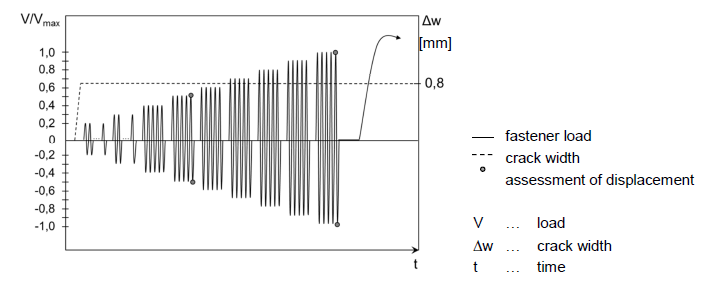
Figure 1.8 Schematic test procedure C2.4

Figure 1.9 Schematic test procedure C2.5
Through these tests, we can ensure that the concrete screws can perform their impact-resistant functions. In earthquake-prone countries, like the red places on the World Earthquake Hazard map, using certified concrete screws can reduce the chance of building collapse caused by strong earthquakes.
The Need for Stricter Building Regulations in Taiwan
Through the experimental diagrams and explanations above, we understand that the certification threshold has significantly increased due to the uncertainty of earthquakes. Joker’s application for seismic certification of concrete screws is not only to meet the requirements of European building regulations but also to ensure the safety of local residents by using certified concrete screws in construction processes. As Taiwanese manufacturers, we recognize the importance of earthquake protection certification and believe that Taiwan, located in a seismic zone, should also establish stringent building regulations. We have observed that in many European countries’ building regulations, concrete screws are required to meet at least C1 seismic resistance standards. We hope that Taiwan will introduce similar legislation in the future to minimize potential losses from earthquakes through regulatory enforcement and relevant certifications.